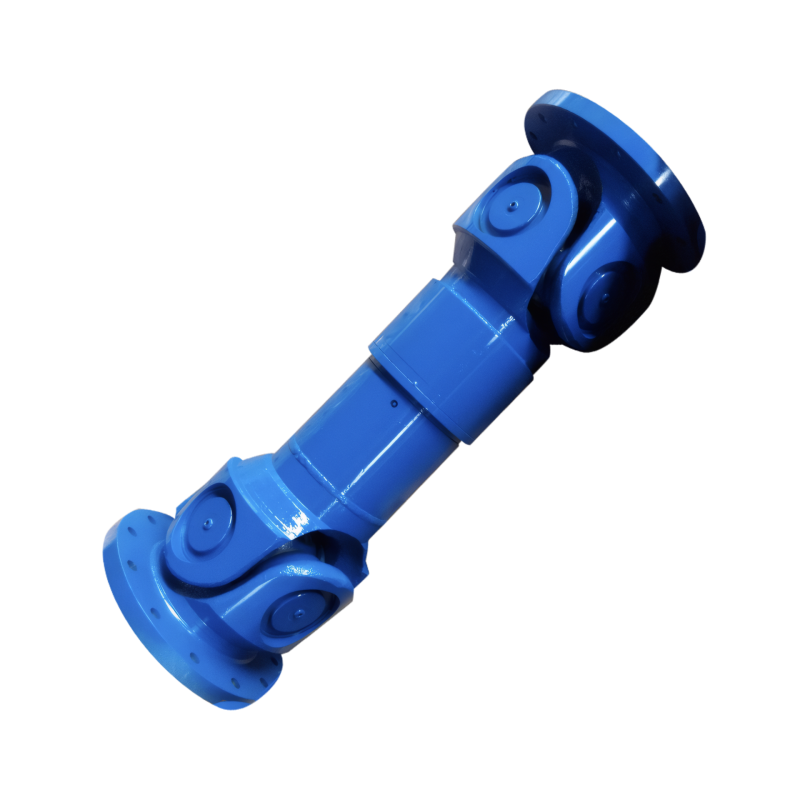The material of the dust cover for the drive shaft
Material Composition of Drive Shaft Boots
Traditional Rubber-Based Materials
Historically, chloroprene rubber (CR) dominated drive shaft boot manufacturing due to its cost-effectiveness and basic protective properties. This synthetic rubber offered adequate resistance to temperature fluctuations and chemical exposure, making it suitable for early automotive applications. However, its performance limitations became apparent under prolonged stress conditions.
Chloroprene rubber's molecular structure exhibits relatively low fatigue resistance, particularly when subjected to repetitive flexing cycles common in drive shaft operation. This weakness manifests as micro-cracking at stress concentration points, eventually leading to complete failure. Additionally, its hydrophobic nature provides only moderate protection against oil and grease penetration, requiring frequent maintenance in high-load environments.
Environmental factors further accelerate degradation in CR boots. Prolonged UV exposure causes photo-oxidative breakdown of polymer chains, while ozone attacks create surface fissures that compromise sealing integrity. These issues necessitated the development of more durable alternatives to meet evolving automotive standards.
Thermoplastic Polyester Elastomers (TPEE)
The automotive industry's shift toward TPEE represents a significant material advancement in drive shaft boot technology. This block copolymer combines the elasticity of rubber with the processability of thermoplastics, creating a high-performance solution for demanding applications.
TPEE's molecular architecture features alternating soft polyether segments and rigid polyester segments. This phase-separated structure provides exceptional fatigue resistance, enabling the material to withstand millions of flexing cycles without significant performance degradation. The thermoplastic nature allows for injection molding processes that produce complex geometries with precise dimensional control, eliminating the need for post-molding curing steps.
Key performance advantages include:
- Thermal Stability: Maintains mechanical properties across -40°C to 150°C temperature range
- Chemical Resistance: Exhibits excellent barrier properties against automotive fluids including transmission oil and brake fluid
- Lightweight Design: Typically 30-50% lighter than equivalent rubber components, contributing to vehicle weight reduction goals
These characteristics make TPEE particularly suitable for modern drive shaft systems operating at higher rotational speeds and under increased torque loads.
Advanced Polymer Blends for Specialized Applications
Material scientists continue to develop specialized formulations to address specific operational challenges. One notable innovation involves incorporating nano-scale reinforcements into polymer matrices to enhance wear resistance without compromising flexibility.
For high-performance vehicles, silicone-modified TPEE blends offer improved low-temperature flexibility while maintaining high-temperature stability. These materials demonstrate elongation at break values exceeding 400%, ensuring reliable performance during extreme suspension articulation.
Another emerging approach utilizes recycled polymer content without sacrificing mechanical properties. Through advanced compounding techniques, manufacturers can incorporate up to 30% post-consumer recycled materials while meeting original equipment manufacturer (OEM) specifications for durability and sealing performance.
Environmental Considerations in Material Selection
The automotive industry's focus on sustainability influences drive shaft boot material choices. TPEE's recyclability offers significant environmental advantages over traditional rubber, which typically requires energy-intensive pyrolysis processes for disposal.
Manufacturers increasingly prioritize materials with:
- Reduced VOC Emissions: Low-odor formulations that minimize cabin air pollution
- Improved Energy Efficiency: Lightweight designs that contribute to lower vehicle fuel consumption
- Extended Service Life: Durable materials that reduce replacement frequency and associated waste generation
These environmental factors, combined with superior performance characteristics, position advanced polymer materials as the preferred choice for modern drive shaft boot applications.
 Customized design of drive shafts for special vehicles
Customized design of drive shafts for special vehicles
 The durability of the drive shaft for off-road vehicles
The durability of the drive shaft for off-road vehicles
 Introduction to the structural strength of truck drive shaft
Introduction to the structural strength of truck drive shaft
 The layout of the drive shaft for a four-wheel drive vehicle
The layout of the drive shaft for a four-wheel drive vehicle
 简体中文
简体中文 English
English
